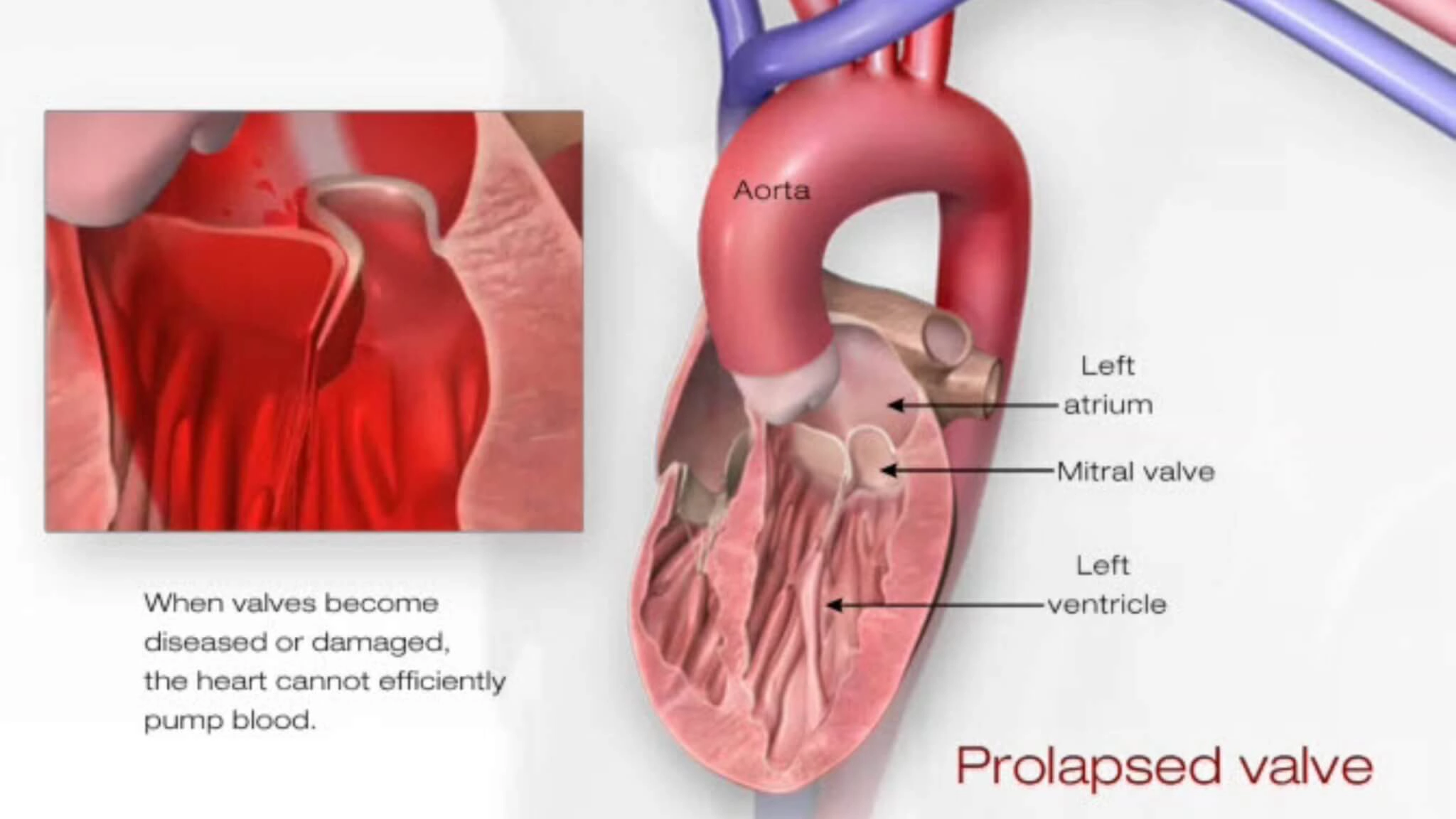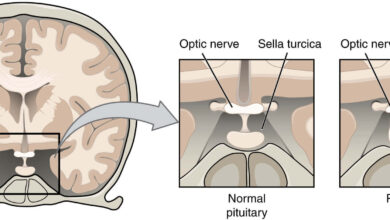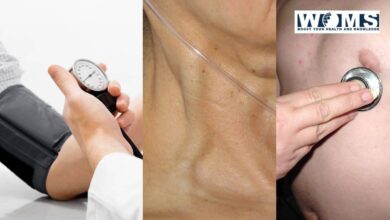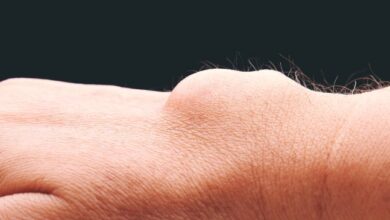The mitral valve disease

What is mitral valve disease?
The mitral valve is positioned between two chambers — the left ventricle and the left atrium, at the left side of your heart. The mitral valve is the one responsible to keep the proper flow of the blood in one direction coming from the left atrium going to the left ventricle. The mitral valve also restrains the backflow of the blood.
The occurrence of backflow of the blood into the left atrium is evident that the mitral valve is not working properly and may be correlated to mitral valve disease. This will result in the inability of the heart to adequately pump blood out of the left ventricle chamber to supply oxygenated blood to your body. This condition will cause symptoms such as shortness of breath and fatigue. However, many people with mitral valve disease may appear asymptomatic.
If mitral valve disease is left not treated, this may lead to significant life-threatening consequences such as irregular heartbeats (arrhythmias) and heart failure.
Types of mitral valve disease
Listed below are the three types of mitral valve disease, to mention:
Mitral Valve Prolapse (MVP)
This is the condition where the two valve flaps of the mitral valve bulge (prolapse) upwards into the left atrium and only closes partially. This is preventing the mitral valve from completely closing and the backward flow of blood may occur – “regurgitation.” The mitral valve prolapse is also called the “click-murmur syndrome.”
This is not a severe or dangerous heart condition, the person contracted with this abnormality displays no symptoms. However, over time, the condition may get worse and may cause symptoms to develop – like sharp chest pain.
The Mitral Prolapse Care:
The person with mitral valve prolapse should limit the excess intake of sugar, salt, and alcohol. The person should start eating more healthy foods for the heart like whole grains, lean meats, fish, vegetables, fruits, and low- to non-fat dairy products to maintain a healthy weight.
Mitral Valve Stenosis
Mitral valve stenosis is a condition that occurs when the opening of the mitral valve becomes narrowed and doesn’t open properly causing a blockage to the blood flow into the main pumping chamber of the heart (left ventricle). This will result in a reduced amount of blood that can pass into the left ventricle. Typically, mitral valve stenosis is caused by scarring from rheumatic fever.
The Mitral Stenosis Care:
Maintaining a healthy lifestyle like eating heart-healthy diets of fresh fruits, fish, and vegetables. The person with mitral heart stenosis is importantly recommended to limit the salt intake. The salt content in the foods and drinks may cause the pressure in the heart to increase therefore adding salt to food and eating high sodium foods are strictly discouraged.
Mitral Valve Regurgitation
Mitral valve regurgitation is called — “mitral regurgitation,” “mitral valve incompetence,” or “mitral insufficiency.” This condition happens when the mitral valve doesn’t close tightly and completely causing it to leak and allowing the blood leaks to flow backwards into the left atrium as the left ventricle contracts. If untreated, it may result in heart muscle damage.
The Mitral Regurgitation Care:
In order to have a quality life, a healthy lifestyle is needed and this can be attained by eating lots of fresh fruits, vegetables, proteins, and whole grains. The person needs to cut down on sugar, salt, trans fat, saturated fats, and alcohol.
Symptoms of mitral valve disease
The symptoms of mitral valve disease vary depending on the specific problem with the heart’s valve. Some people with mitral valve disease may appear asymptomatic for many years but it may also develop gradually over time. The symptoms may appear and get worse when the body undergoes infection, severe stress, or during pregnancy. And when symptoms become apparent, they may include:
- Fatigue
- Cough
- Fast heartbeat
- Lightheadedness
- Swollen feet or ankles
- Irregular heartbeat (palpitations)
- Tightness or pain in the chest
- Heart murmur or abnormal heart sound
- Shortness of breath, especially when exercising or lying down on the back
Causes of mitral valve disease
Causes of mitral valve disease vary depending on the type.
Mitral valve proplase
Most often, mitral valve prolapse has no known or exact cause. It has a strong hereditary inclination or may be apparent to people with other medical conditions like connective tissue disorders and scoliosis.
Mitral valve stenosis
Typically the mitral valve stenosis is the result of scarring from rheumatic fever. A usual childhood disorder, – “rheumatic fever,” as a result of the body’s immune response to a streptococcal bacterial infection. Rheumatic fever is a significant complication of scarlet fever or strep throat.
Other rare causes of mitral valve stenosis include:
- Congenital heart defects
- Tumours
- Calcium buildup
- Blood clots
- Radiation treatment
Mitral valve regurgitation
Several heart disorders may lead to mitral valve regurgitation such as:
- Infection of the heart (Endocarditis)
- Rheumatic heart disease
- Congenital mitral valve disorder
- Abnormal function of the heart muscle (Cardiomyopathy)
- Floppy mitral valve (Mitral Valve Prolapse)
- Coronary artery disease
- Ruptured support structures of mitral valve
- Some autoimmune disease like rheumatoid arthritis
- Trauma
Tests to confirm mitral valve disease condition
The person may be required to undergo additional confirmatory tests for the diagnosis of mitral valve disease, includes:
Echocardiogram
This test validates how the chambers and valves of the heart pump blood through the heart. It shows the images of the heart, it’s a function and its structure.
Transesophageal echocardiogram
This test provides a more detailed image of the heart as compared to the traditional echocardiogram. During this test, a device transmitting ultrasound waves passes into the oesophagus located right behind the heart to record the pictures of the heart.
Cardiac catheterization
This is a test used to diagnose and treat some cardiovascular disorders. A long thin tube (catheter) is inserted into the neck, arm, or upper thigh and threaded through the blood vessel up to the heart.
X-ray
This is the most common test that shows images on film or computer by transmitting x-ray particles through the body.
Electrocardiogram (ECG or EKG)
A non-invasive test used to measure the electrical activity of the heartbeat.
Holter monitoring
A portable device that monitors and records the rhythm of the heart for 24 to 72 hours.
Stress tests
This measures how the heart responds to physical stress or exercise.




